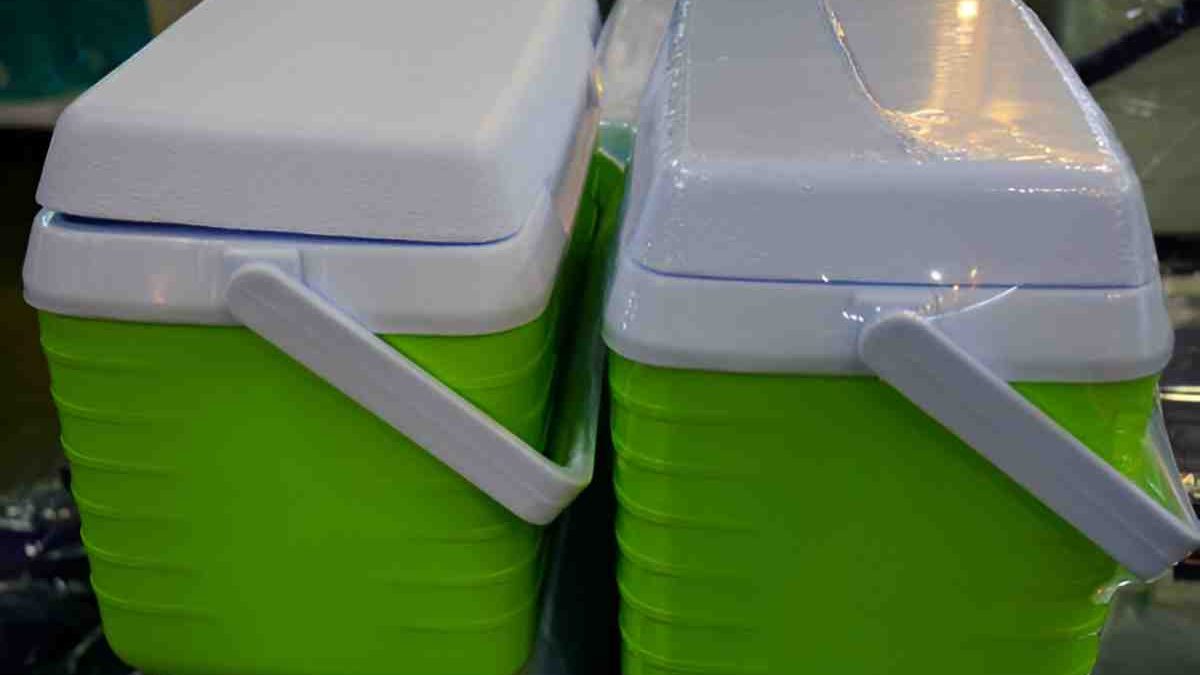In the competitive world of high-performance coolers, Coho Coolers has arisen as a formidable challenger to established brands, offering premium rotomolded coolers that rival industry giants like Yeti while maintaining a more accessible price point. These rugged ice coolers have gained significant attention from outdoor enthusiasts, campers, and anyone seeking reliable cold storage solutions.
Table of Contents
The Rotomolded Advantage
Their rotomolded construction is at the heart of Coho Coolers’ success, a manufacturing process shared with premium competitors like Yeti coolers. Rotomolded coolers are created using a unique method: molten plastic is discharged into a mold and rotated simultaneously on two axes. This process ensures even wall thickness and creates a seamless, one-piece, virtually indestructible design.
The benefits of this construction method include:
- Superior insulation performance
- Enhanced durability against impacts and wear
- Uniform wall thickness for consistent cooling
- Better long-term ice retention
- Bear-resistant capabilities when adequately secured
Ice Retention Performance
When it comes to keeping items cold, Coho Coolers deliver impressive results. Their premium ice coolers can maintain ice for up to 5-7 days under optimal conditions, matching the performance of coolers, which cost significantly more. This extended ice retention is achieved through several key features:
- Thick insulated walls and lid
- Heavy-duty rubber gaskets
- Elevated design to minimize heat transfer from hot surfaces
- Strategic drain placement for optimal meltwater management
Competitive Edge in the Market
While Yeti coolers have long been considered the gold standard in the rotomolded cooler category, Coho Coolers offers comparable quality at a more competitive price. The brand has successfully positioned itself as a value-oriented alternative without compromising on essential features or performance.
Practical Features and Design Elements
Coho Coolers incorporate numerous user-friendly features that enhance their functionality:
- Non-slip rubber feet for stable positioning
- Military-grade nylon handles with comfortable grips
- Quick-drain system for efficient water removal
- Built-in bottle openers
- Heavy-duty latches that secure contents while remaining easy to operate
- UV-resistant exterior that prevents fading and degradation
Size Options and Applications
The Coho Coolers lineup includes various sizes to accommodate different needs:
- Compact 25-quart models perfect for day trips
- Mid-sized 45-quart options are ideal for weekend camping
- Large 55-quart and above versions are suitable for extended outdoor adventures
- Extra-large models designed for commercial use or significant events
Maintenance and Care
Proper maintenance is essential to exploit the performance of a Coho rotomolded cooler. Regular cleaning with minor soap and water, adequate storage in covered areas when unused, and periodic inspection of gaskets and hardware will ensure years of reliable service. The rotomolded construction makes these coolers particularly resistant to damage, but proper care will extend their lifetime even further.
Investment Value
While premium ice coolers represent a significant initial investment, Coho Coolers offer excellent value for the quality provided. Compared to other rotomolded, more fabulous brands, particularly Yeti coolers, the cost savings can be substantial without sacrificing the essential features and performance that outdoor enthusiasts demand.
Conclusion
Coho Coolers has successfully carved out its niche in the premium cooler market by offering high-quality rotomolded coolers that deliver exceptional performance at a more accessible price point. Whether you’re an occasional camper or a serious outdoor enthusiast, these ice coolers provide the durability, ice retention, and features needed for successful outdoor adventures. As the brand continues to evolve & expand its product line, it remains a compelling alternative to more expensive premium cooler options.

